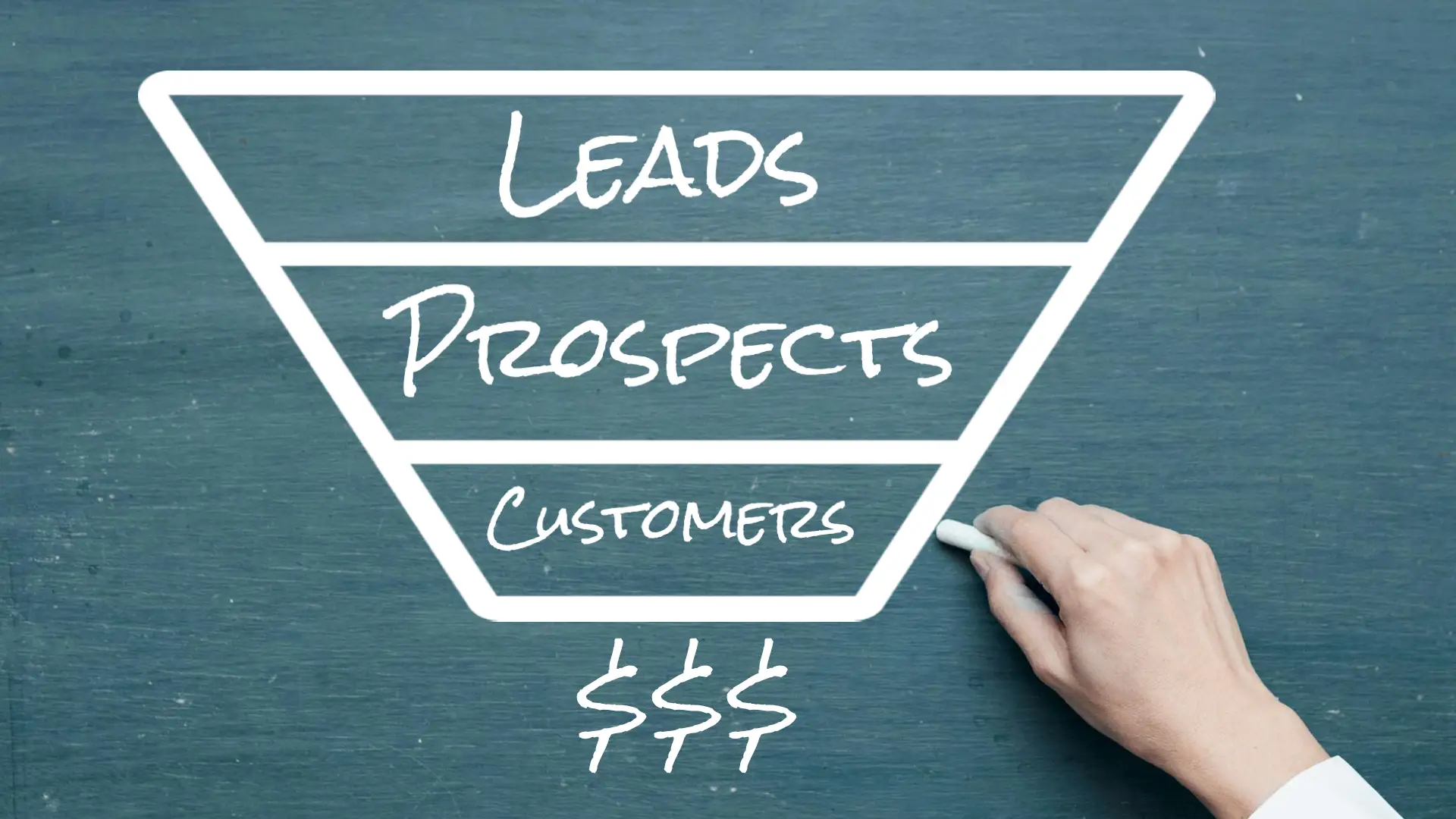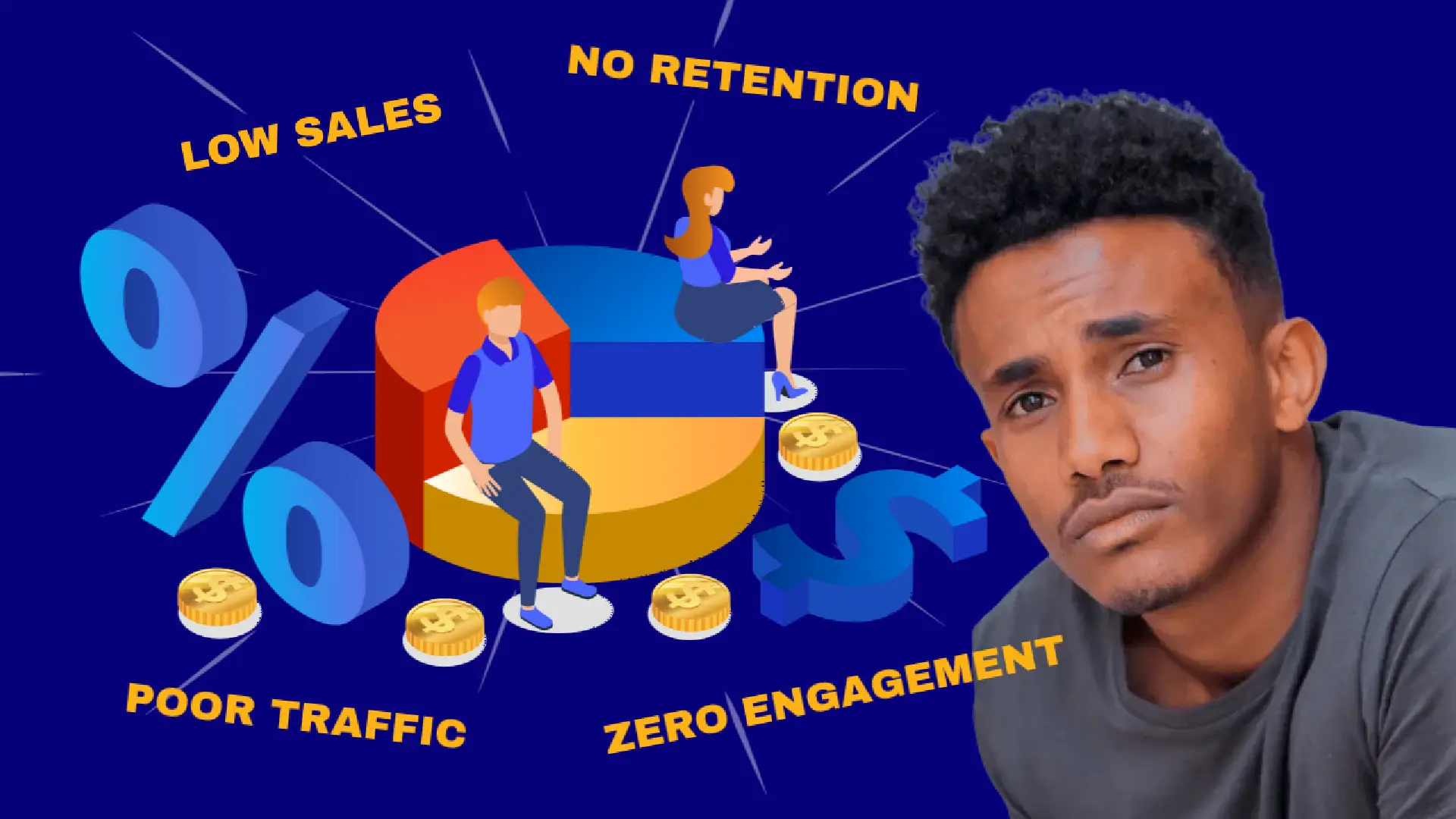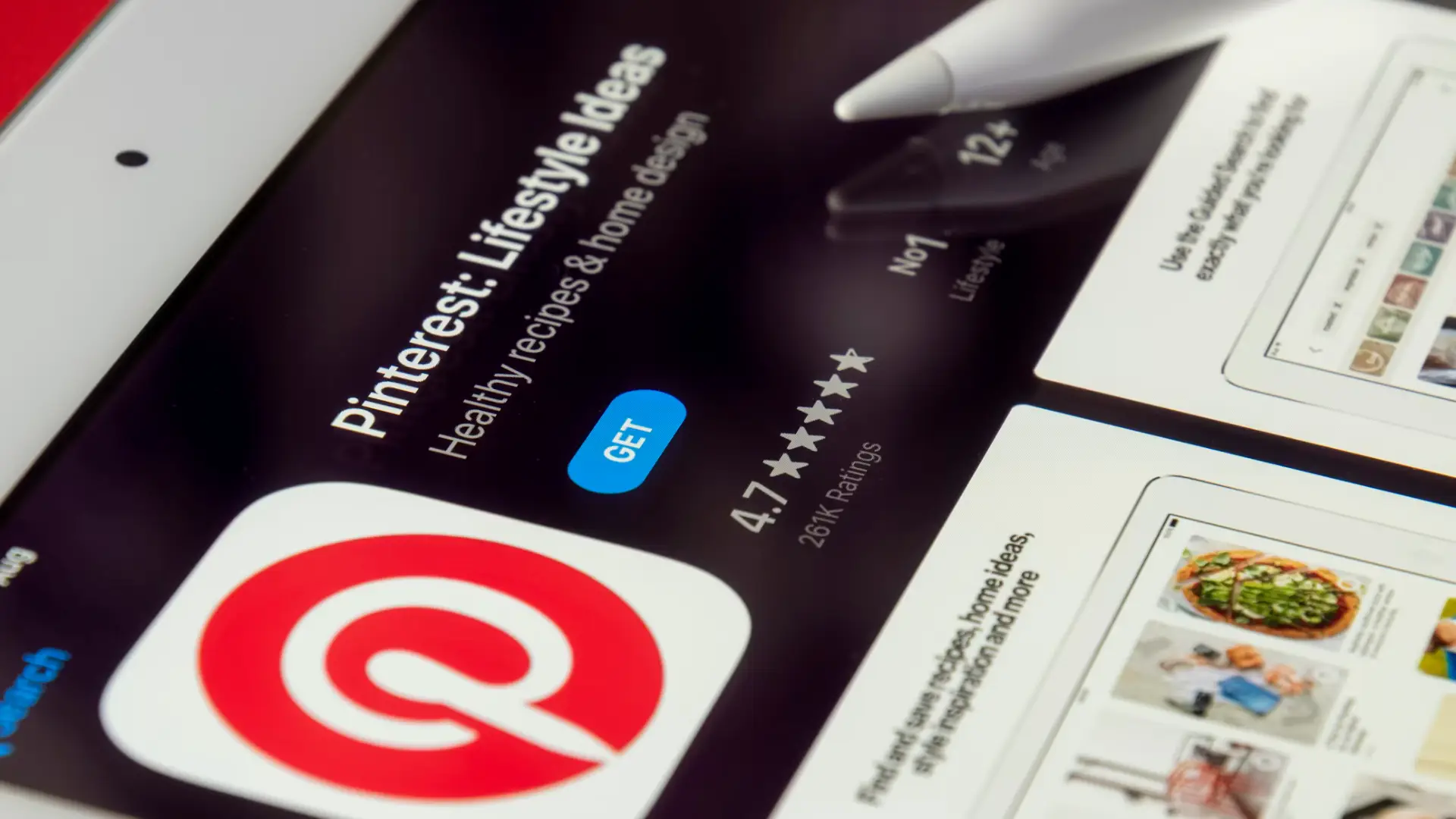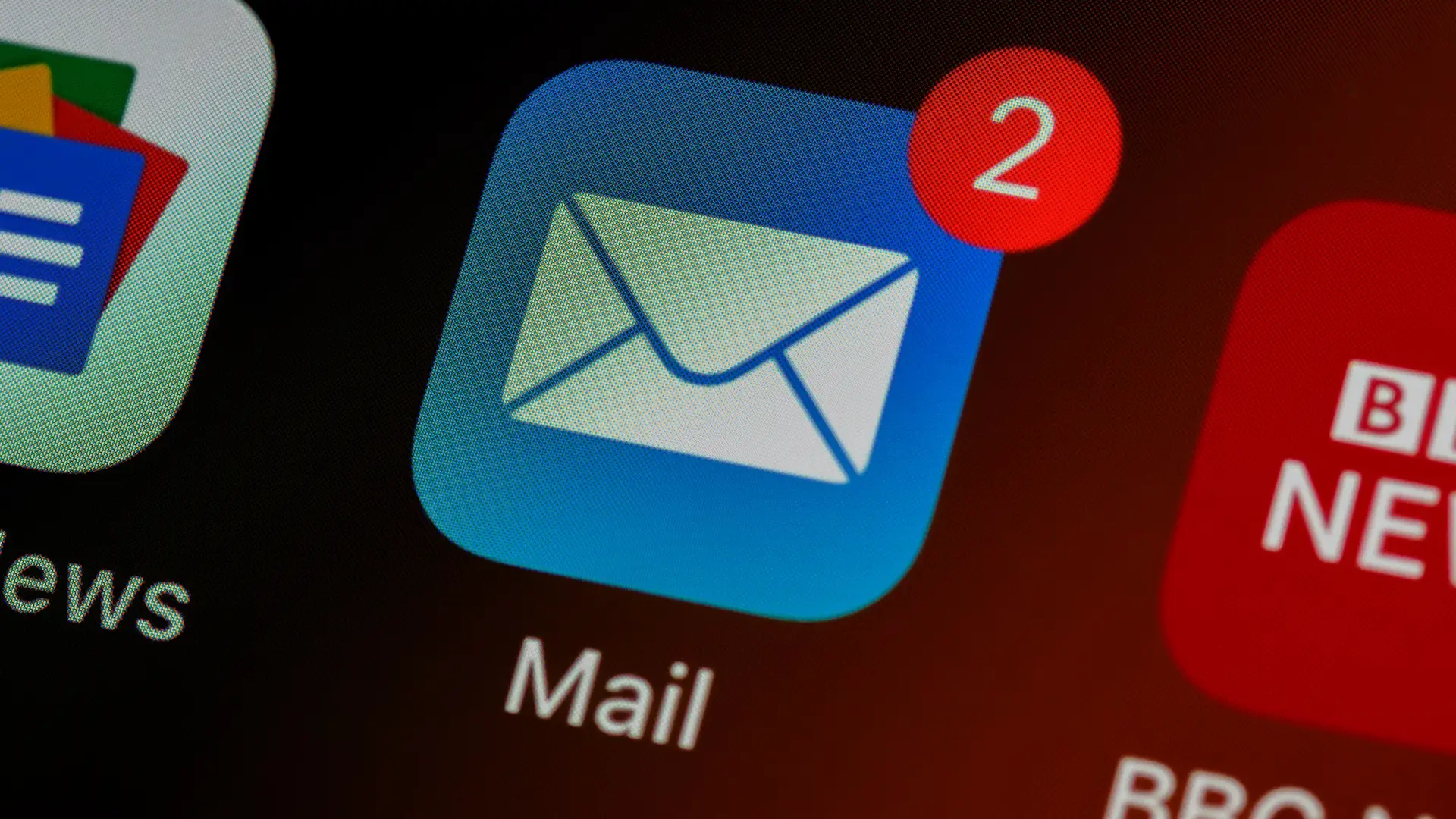It probably goes without saying, advertising is an essential part of any successful business strategy. However, with the growing complexity of online platforms and constantly changing algorithms, many businesses struggle to keep up with the best practices in digital advertising. This is where ad consultants come into the picture. Ad consultants play a crucial role in helping businesses plan, execute, and optimize their advertising campaigns to maximize their return on investment (ROI). But what exactly does an ad consultant do, and should you consider becoming one? In this article, we’ll explore the responsibilities of an ad consultant, the skills required, and whether this career is the right fit for you.
What Does an Ad Consultant Do?
An ad consultant is a professional who provides expert advice and services to businesses looking to improve their advertising efforts. The scope of an ad consultant’s work can vary depending on the size and nature of the client’s business, but generally, their responsibilities include:
1. Strategy Development
Ad consultants work with clients to develop comprehensive advertising strategies that align with the company’s goals. This can involve identifying target audiences, choosing the right platforms (such as Google Ads, Facebook Ads, or LinkedIn Ads), setting budgets, and defining measurable goals for each campaign.
2. Campaign Creation and Management
Once a strategy is in place, ad consultants help create and launch ad campaigns. This includes crafting compelling ad copy, selecting visuals or videos, and optimizing campaign settings such as bidding strategies, audience targeting, and scheduling. Throughout the campaign’s run, ad consultants closely monitor performance and make adjustments to improve results.
3. Data Analysis and Reporting
One of the key roles of an ad consultant is analyzing campaign performance data. They track metrics such as impressions, clicks, conversions, and cost-per-acquisition (CPA) to evaluate the effectiveness of the advertising efforts. Based on these insights, consultants provide clients with detailed reports and recommendations for improvement.
4. Platform Expertise
Ad consultants are experts in various advertising platforms and tools. Whether it’s Google Ads, social media platforms, or programmatic advertising, they stay up-to-date on the latest features and changes to ensure clients are using the most effective strategies.
5. A/B Testing and Optimization
To maximize ad performance, consultants often conduct A/B testing (also known as split testing) to compare different versions of ads. By experimenting with variations in ad copy, visuals, and targeting, they can identify what works best and optimize campaigns accordingly.
6. Staying Current with Trends
The advertising landscape is constantly evolving, with new platforms, trends, and technologies emerging regularly. Ad consultants must stay informed about industry developments, such as changes in privacy regulations (e.g., GDPR) or new ad formats, to provide relevant guidance to their clients.
Skills Needed to Become an Ad Consultant
If you’re considering becoming an ad consultant, there are several key skills and qualifications you’ll need to succeed in this competitive field:
1. Digital Marketing Knowledge
A deep understanding of digital marketing principles is essential. This includes knowledge of SEO (search engine optimization), SEM (search engine marketing), social media marketing, email marketing, and content marketing. You should be able to see how advertising fits into a broader marketing strategy and how different channels can work together to achieve the best results.
2. Expertise in Ad Platforms
You’ll need to become proficient in various advertising platforms, including Google Ads, Facebook Ads, Instagram Ads, LinkedIn Ads, and more. Familiarity with tools like Google Analytics, Facebook Ads Manager, and SEMrush will also help you analyze data and optimize campaigns effectively.
3. Analytical Skills
A successful ad consultant must be comfortable working with data. You’ll need to interpret campaign performance metrics and translate them into actionable insights. Proficiency in tools like Excel, Google Data Studio, or Tableau can help you create meaningful reports for clients.
4. Creative Thinking
Creativity plays a crucial role in developing attention-grabbing ads that resonate with target audiences. You’ll need to be able to craft compelling ad copy, select engaging visuals, and come up with innovative campaign ideas that stand out in a crowded marketplace.
5. Communication and Client Management
As a consultant, you’ll work closely with clients to understand their needs, explain your recommendations, and keep them informed about campaign progress. Strong communication and interpersonal skills are essential for building trust and maintaining long-term client relationships.
6. Time Management
Ad consultants often juggle multiple clients and campaigns at once, so being able to manage your time effectively is key to meeting deadlines and staying organized.
Benefits of Becoming an Ad Consultant
Becoming an ad consultant can be a highly rewarding career, both financially and professionally. Here are a few reasons why you might want to consider this path:
1. Growing Demand for Digital Advertising
As more businesses shift their advertising budgets toward digital platforms, the demand for skilled ad consultants is on the rise. Companies of all sizes, from startups to large enterprises, need guidance to navigate the complexities of online advertising.
2. High Earning Potential
Experienced ad consultants can command competitive rates, especially if they specialize in high-demand platforms like Google Ads or Facebook Ads. Many consultants work on a freelance basis, allowing for flexibility in setting rates and taking on multiple clients.
3. Flexibility and Independence
One of the biggest draws of being an ad consultant is the ability to work remotely or freelance. This provides flexibility in choosing your clients, setting your schedule, and working from anywhere in the world.
4. Continuous Learning Opportunities
Digital advertising is a fast-paced industry that’s constantly evolving. If you enjoy staying up-to-date with the latest trends, tools, and technologies, working as an ad consultant will provide you with ongoing opportunities to learn and grow.
Challenges of Becoming an Ad Consultant
While the career of an ad consultant can be highly rewarding, there are some challenges to consider:
1. High Competition
The digital marketing field is highly competitive, with many professionals vying for clients. To stand out, you’ll need to demonstrate your expertise, provide tangible results, and build a strong personal brand.
2. Staying Updated
With advertising platforms constantly updating their algorithms and features, staying informed can be a full-time job. You’ll need to invest time in learning and adapting to new trends and changes in the industry.
3. Pressure to Deliver Results
Clients often expect measurable results, which means ad consultants must consistently optimize campaigns to deliver positive ROI. The pressure to meet client expectations can be challenging, especially when dealing with tight budgets or saturated markets.
Conclusion
In conclusion, becoming an ad consultant is a viable and potentially lucrative career option for individuals with strong digital marketing skills, creativity, and an analytical mindset. With the growing demand for digital advertising expertise, businesses of all sizes are seeking consultants who can help them navigate the complex world of online advertising. However, success in this field requires continuous learning, adaptability, and a commitment to delivering results. If you’re ready to take on these challenges and help businesses thrive, a career as an ad consultant may be the perfect fit for you.
Disclaimer: The information provided in this article is for educational purposes only. It is not intended as professional advice. Readers should conduct their own research and consult with professionals before making any career or business decisions.
This article is copyright © blogwidow.com. Please do not reprint without permission.




















